Mr. Nguyen Quoc Hung - Vice Chairman and General Secretary of the Vietnam Banks Association commented that "The State Bank has pioneered in implementing action plans and implementing policies issued by the Government to promote green credit". With the key role of leading capital for the economy , the State Bank has proactively implemented action programs, focusing on directing green credit flows into sustainable economic activities.
Based on the direction of the Government and the Prime Minister , the State Bank builds a synchronous legal system on green credit through important documents such as the Project on developing green banking in Vietnam (Decision No. 1604/QD-NHNN dated August 7, 2018 and Decision No. 1663/QD-NHNN dated August 6, 2024); Integrating the orientation of developing green credit and green banking into the content of the Banking Industry Development Strategy to 2025, with a vision to 2030 (Decision No. 986/QD-TTg dated August 8, 2018); ... Thereby, creating favorable conditions for businesses to access preferential capital sources for environmentally friendly projects.
Under the direction of the State Bank, major banks such as BIDV, Agribank , Vietcombank, etc. have been implementing a series of flexible green credit packages, closely following the transformation needs of businesses. In particular, many joint stock commercial banks have made 'digitalization' and 'greening' a pillar in their 2024 business strategy. Typically, the expansion of the preferential loan portfolio focuses on key areas: electric cars, renewable energy, circular economy in the textile and garment sector, environmental protection factors of wood processing products, climate change response projects in the Mekong Delta, and pioneering projects to pilot the carbon neutrality White Book.
Businesses participating in this category benefit from preferential loans, which help reduce financing costs and encourage the transition to a green economy. At the same time, banks also provide refinancing mechanisms at lower interest rates than the market, making it easier for green projects to access capital.
According to data from the State Bank of Vietnam, green credit balance in the banking system grew by an average of 22% per year in the period 2017 - 2023. The growth rate of green credit in recent years has exceeded the average credit growth rate, showing that the proportion of green credit to total outstanding debt has increased significantly. As of September 30, 2024, 50 credit institutions had generated green credit balance with outstanding debt reaching over VND 665,000 billion, an increase of 7.11% compared to the end of 2023, accounting for over 4.5% of total outstanding debt in the whole economy.
Despite achieving certain results, the development of green credit still has limitations. According to statistics, about 65% of enterprises have difficulty accessing capital to implement green projects. Although there are financial support mechanisms, allocating capital to the right subjects is still a challenge. Mr. Pham Van Quang, Vice Chairman of the Thai Nguyen Provincial Business Association, shared that many units have plans to expand production, invest in green projects, upgrade technological equipment for green transformation, but are held back by difficulties in accessing green capital.
From business practice, Ms. Diep Thi Kim Hoan, Director of Sustainable Development, DEEP C Industrial Park Complex pointed out some difficulties of businesses in the process of accessing green finance. These are: Lack of information about green credit providers; actual financial costs; green project criteria are not specific and clear; green credit funds often do not accept collateral, businesses need bank guarantees; small-scale projects have difficulty accessing foreign loans; risks of exchange rate differences.
Mr. Nguyen Thanh Son, Director of the Training Center, Vietnam Banking Association, said that in order to enhance businesses’ access to credit, contribute to supporting businesses in green transformation and sustainable development, the Government needs to develop and establish an integrated green finance policy framework. This policy framework needs to include tools such as credit, refinancing, fiscal and financial policies for the private sector, banking and green finance, etc. to channel capital flows appropriately, adequately and effectively.
Mr. Son proposed that the State Bank of Vietnam urgently implement the National Strategy on Green Growth and the Climate Change Response Project, including completing guidelines and directing credit institutions to provide credit for green classification categories. Credit institutions need to increase lending capital for innovative enterprises and provide maximum support to small and medium enterprises in green transformation.
On the business side, it is necessary to proactively practice green governance, aiming to create environmentally friendly products and have a positive impact on society. Businesses also need to actively access green credit sources from domestic and foreign financial institutions; develop a strategy to green business operations; innovate technology; enhance social responsibility... These efforts not only create competitive advantages but also contribute to realizing the goals of sustainable development and environmental protection of the whole society.
Source: https://thoibaonganhang.vn/nganh-ngan-hang-tien-phong-thuc-day-tai-chinh-xanh-163378.html


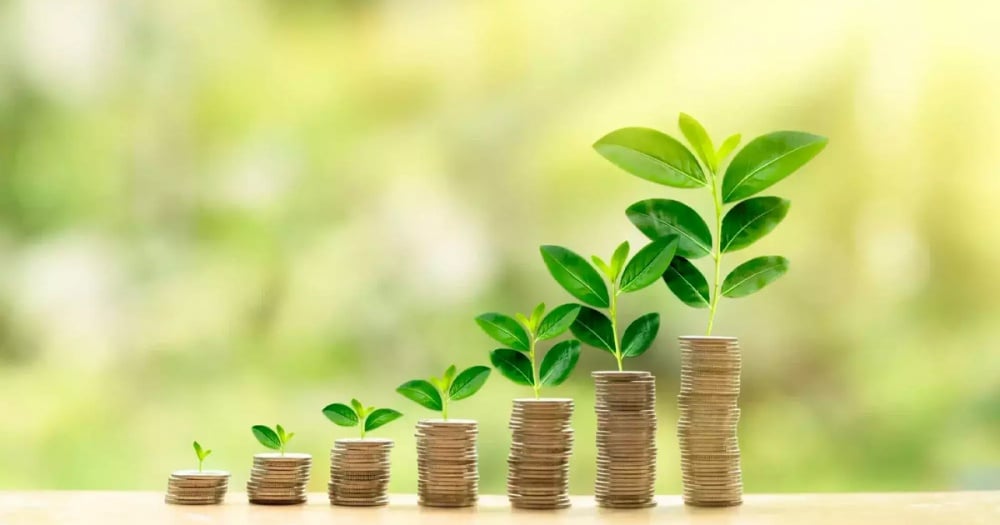

![[Photo] T&T 1 and Ho Chi Minh City 1 People's Police Teams won the men's and women's team championships](https://vphoto.vietnam.vn/thumb/1200x675/vietnam/resource/IMAGE/2025/5/22/39db06ae67cb4001b7a556e8d9a56d07)
![[Photo] Prime Minister Pham Minh Chinh chairs meeting on draft Resolution of National Assembly on International Financial Center in Vietnam](https://vphoto.vietnam.vn/thumb/1200x675/vietnam/resource/IMAGE/2025/5/22/d398664ff1a140629169ea5a24e1b4d0)
![[Photo] General Secretary To Lam chairs a working session with the Central Internal Affairs Commission](https://vphoto.vietnam.vn/thumb/1200x675/vietnam/resource/IMAGE/2025/5/22/3b7790f499da45b2803d8ae253207ef1)
![[Photo] Press delegation meeting to visit Truong Sa and DK1 Platform](https://vphoto.vietnam.vn/thumb/1200x675/vietnam/resource/IMAGE/2025/5/22/6b8d232877ec421a9e8187d83b9f8006)

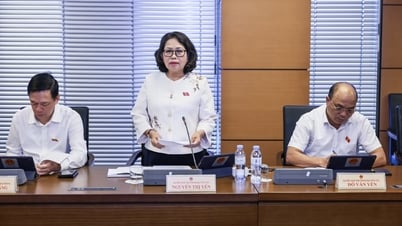




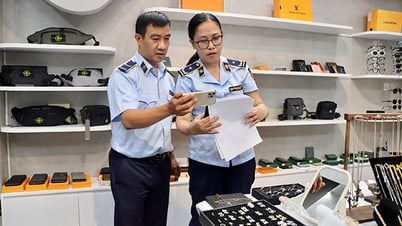










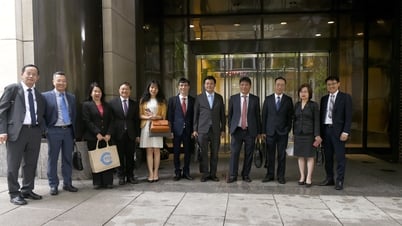


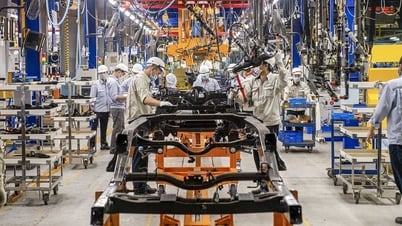




































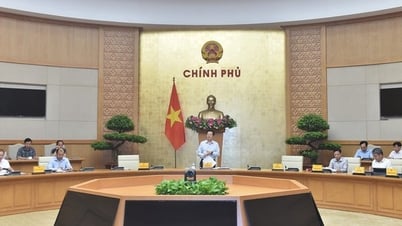









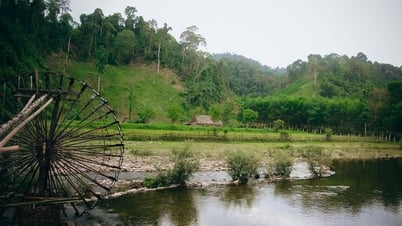









![[Podcast] Week introducing more than 500 OCOP products in Hanoi](https://vphoto.vietnam.vn/thumb/402x226/vietnam/resource/IMAGE/2025/5/22/d144aac2416744718388dbae3260e7fd)





Comment (0)